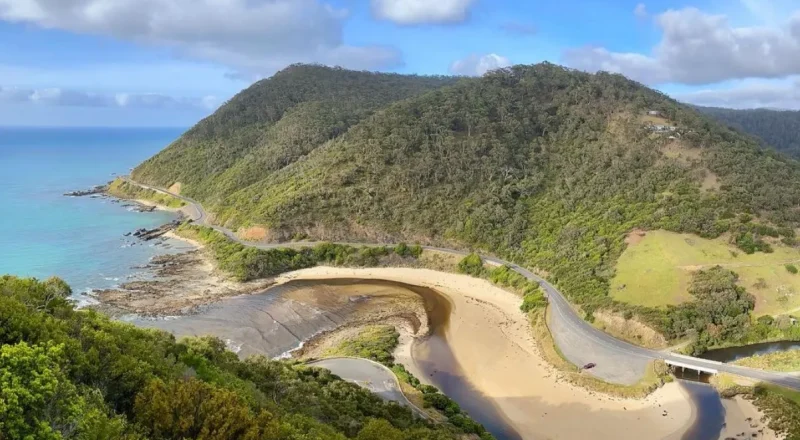The Great Ocean Road of Victoria is one of Australia’s greatest roads stretching 243 kilometers along a stunning coastline. But behind the beautiful scenery lies a shocking history of shipwrecks, which has earned it the name Shipwreck Coast. This name comes from all the wrecks that have ever taken place here, regarded as one of the most dangerous sea places in the world due to treacherous waters and incredible views. The Shipwreck Coast stretches from Cape Otway to Port Fairy and tells tales about human struggles against both nature and forceful water bodies.
A Historical Perspective on The Shipwreck Coast
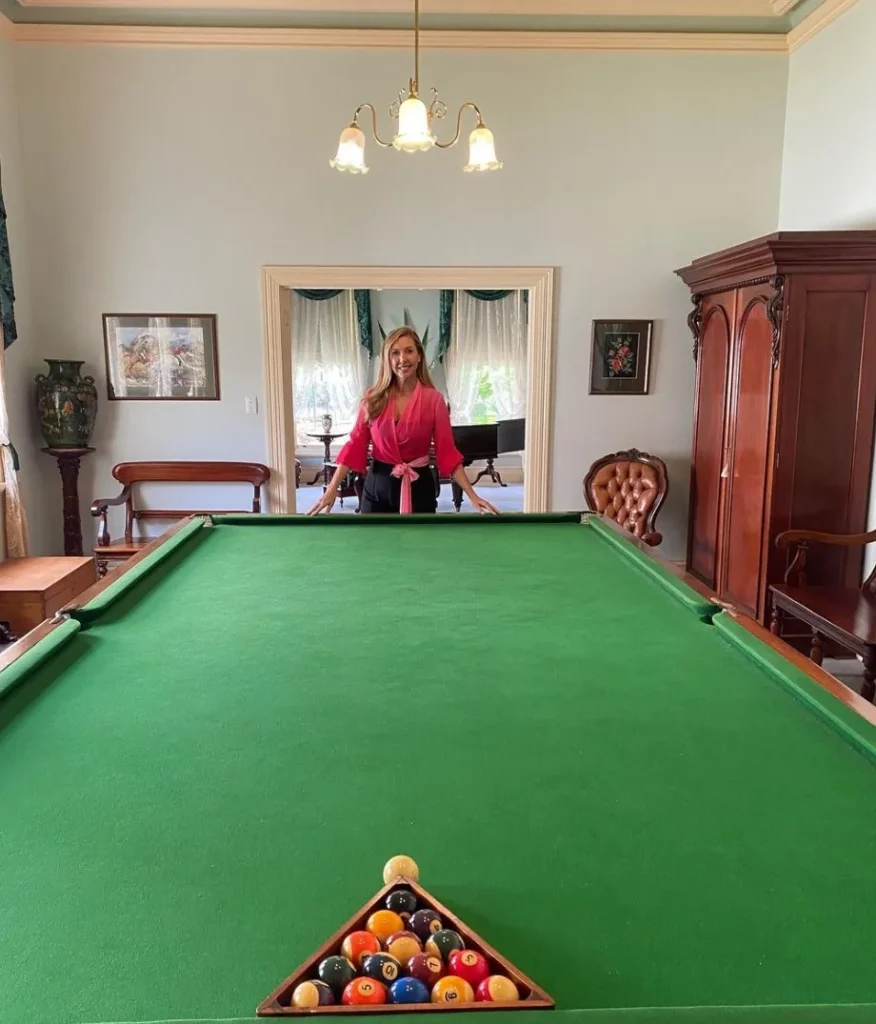
The Shipwreck Coast is an area of coastline where numerous vessels have perished over many years. From Cape Otway’s towering cliffs to rocky coasts at Port Fairy, this region has been notorious for its dangerous waters and stormy weather conditions which have killed many seafarers. The rough beaches, with their dramatic formations, are responsible for such hazardous sailing circumstances. There are historical records showing how human error caused by the unpredictable southern ocean led to countless ship accidents. Those found here are not simply relics but valuable remnants highlighting Victoria’s past maritime events and describe difficulties faced by early colonists and pioneers.
Victoria’s Naval History
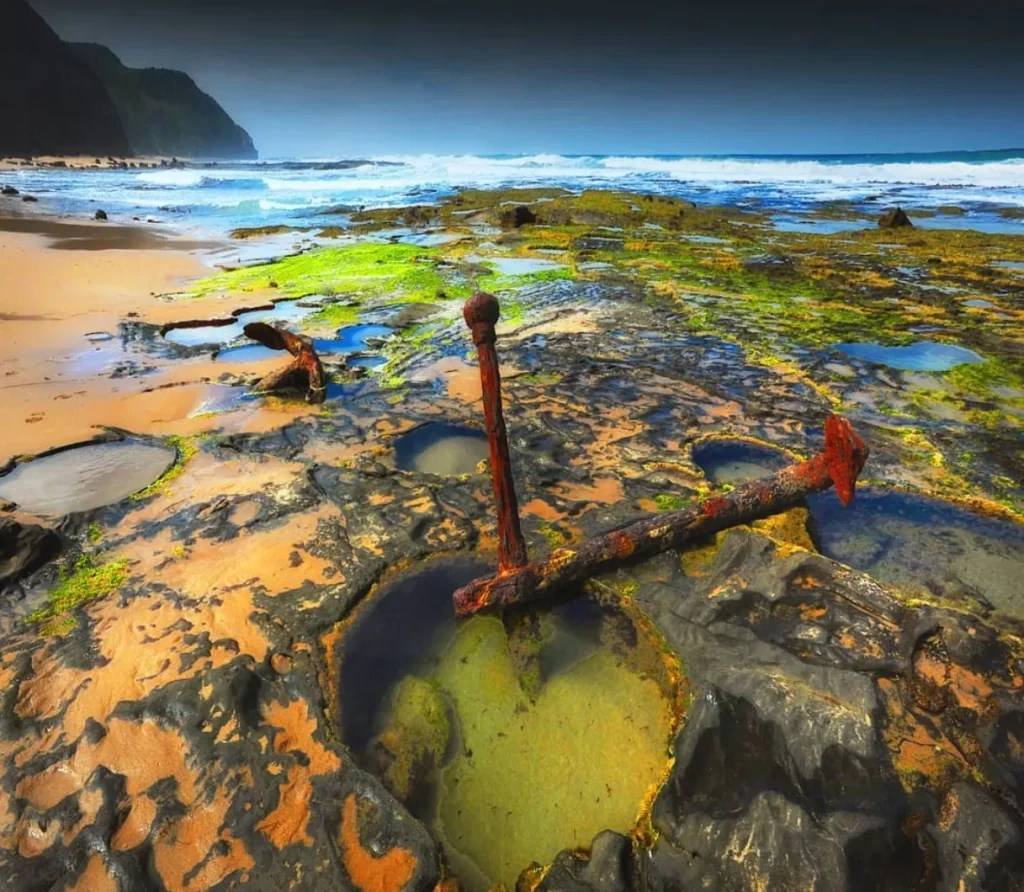
Maritime history in Victoria is inseparable from the Shipwreck Coast; important figures in its nautical history include Matthew Flinders, who explored these waters between Tasmania and Victoria. In the 19th century, when Victoria blossomed into becoming an important port, many ships ended their days along this perilous stretch of coast, including famous wrecks such as Marie Gabrielle and SS Casino, among others. These disasters tell stories about life around ports within the Victorian timescape as well as hardships faced by mariners during voyages across that era period. Thus, marine history in this region covers both exploration and trade among other things visualized through eternal travails posed by oceans.
Origins of the Name
The Shipwreck Coast got its name after several maritime tragedies happened along the road. The English settlers understood how deadly the Southern Ocean was and how risky this coastline appeared to be. This name is a touchstone for thousands of shipwreck stories, where vessels perished due to harsh weather conditions, human mistakes or troubled waters itself. In this sense, it represents historical evidence of these marine disasters while also acting as an admonition for people traveling there.
Wreck Beach: A Graveyard for Ships
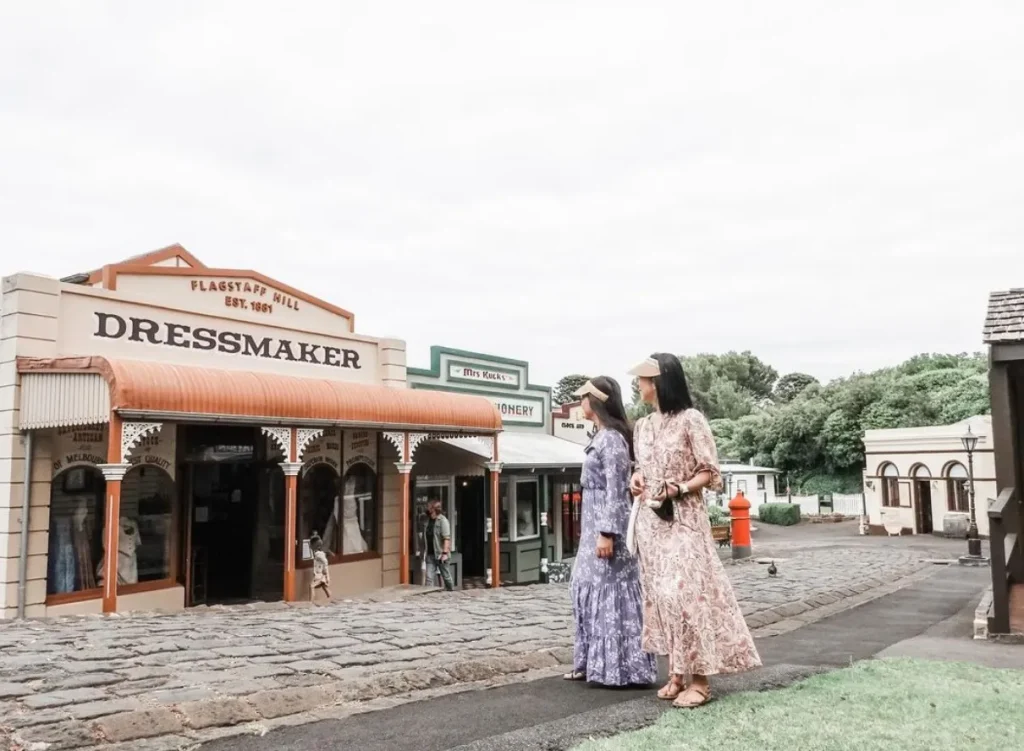
One of the most important sites on the Shipwreck Coast is Wreck Beach, located inside Port Campbell National Park. It has been called Wreck Beach because a large number of ships have sunk nearby; hence, it is a significant place in the lives of early mariners. The famous wrecks such as Marie Gabrielle and French barque are all there on that beach. These remains provide tangible links with history and allow visitors to explore and think about past shipwrecks in the area. Moreover, visitors can find additional information from Flagstaff Hill Maritime Museum which offers exhibitions on regional shipping history including shipwrecks
Wreck Beach Walk
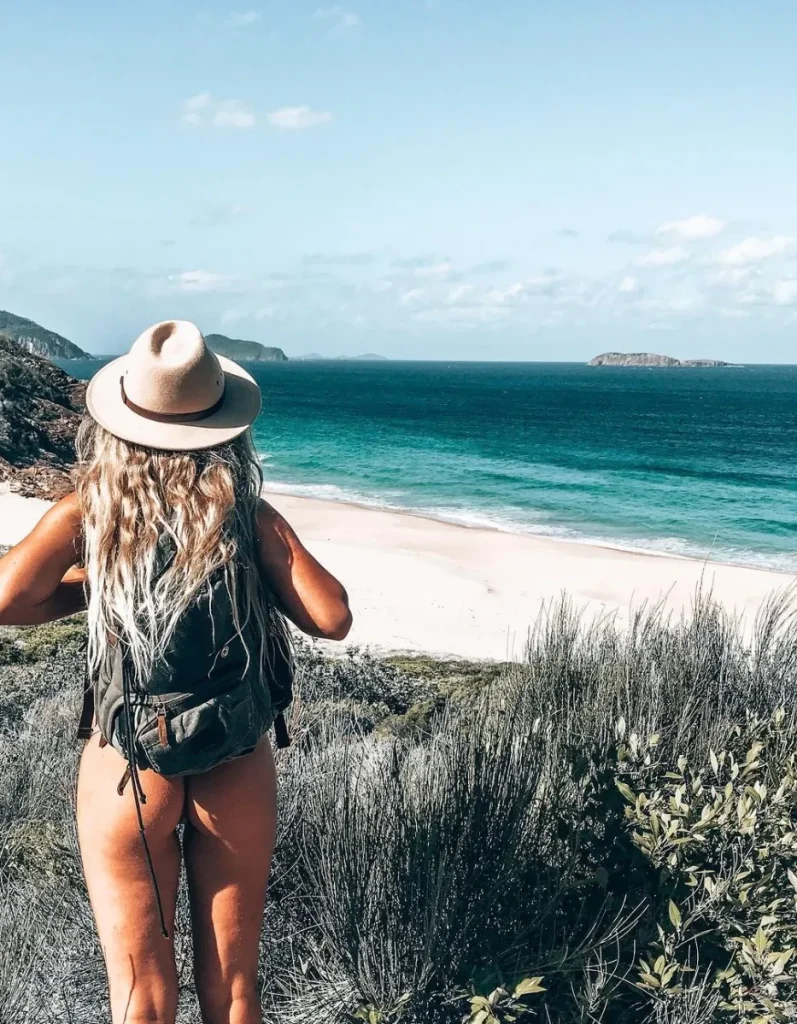
An expansive coastal walk, Wreck Beach Walk enables tourists to explore the past shipwreck sites along Shipwreck Coast. This two-kilometer trail offers a stunning panorama of towering cliffs, rugged shoreline, and ancient limestone formations. Along the way, visitors can see remnants of some famous shipping disasters and learn about the historical aspects about this particular place connected with sailing. This trail is an amazing opportunity to get in touch with the nature of Shipwreck Coast and combine it with its rich history. In addition, there is Johanna Beach and Mutton Bird Island which add value to walking through this incredible coastline.
Facts You May Not Know About the Shipwreck Coast
- Human Error: Most shipwrecks happened due to human error such as navigational errors or bad judgment during a storm.
- Famous Shipwrecks: Some significant wrecks are Marie Gabrielle and SS Casino that have gone down into Victorian maritime history.
- Cape Otway Lighthouse: This historic lighthouse has been guiding navigators across the dangerous waters of Shipwreck Coast since it was built in 1848.
- Flagstaff Hill Maritime Museum: Warrnambool’s museum provides extensive exhibitions on maritime history of the coast where many ships got wrecked.
- Traditional Custodians: The Eastern Maar & Gunditjmara people are traditional owners around Shipwreck Coast lands.
Things to Do Along Shipwreck Coast

There is a lot one can do while at Shipwreck Coast. Besides exploring Wreck Beach and doing Wreck beach walk, there could be numerous other options for travelers. A scenic town on Victoria’s south-west coast “Apollo Bay” offers comfortable accommodations along with rugged coastal views from your room window. Flagstaff Hill Maritime Museum in Warrnambool gives you a chance to know more about maritime life here. For those who are into outdoor life, like hiking trails along the coast, e.g. Blanket Bay and Dinosaur Cove, are exceptional areas for having good views and feeling nature.
Where Can Shipwrecks Be Seen?
Some of the places where shipwrecks can be seen along the Shipwreck Coast include:
- Wreck Beach: Where several ships remain.
- Port Campbell National Park: With vantage points and tracks near wreck sites.
- Cape Otway Lighthouse: It provides a panoramic outlook on this region’s maritime past.
Conclusion
The Shipwreck Coast, along Victoria’s Great Ocean Road, is an area rich in naval history as well as natural splendor. From dangerous waters that have taken many vessels to the high cliffs and untamed landscapes that define this part of coastline, it remains as one of the reminders of dangers faced by sailors at sea. Those who wish to explore these shipwrecks, visit the historical sites or simply take a break from their activities by taking a Great Ocean Road Tour to enjoy the scenery that makes this place incomparable for any tourist. This region stands as a testament to the nautical past of Victoria and those who survived its treacherous waters.
FAQs
What is the Shipwreck Coast?
This refers to a 243 km stretch in Victoria lying on Great Ocean Road, famous for its rocky cliffs and rough seas, which has been a venue for numerous shipwrecks due to hazardous weather conditions alongside difficult sea currents.
Where are shipwrecks found on the Great Ocean Road?
In Wreck Beach, as well as coastal towns like Port Campbell and Port Fairy, there are shipwrecks to be seen. There are also exhibits on famous shipwrecks and maritime history in Flagstaff Hill Maritime Museum.
Which ships have been wrecked along the Shipwreck Coast?
Shipwreck Coast is famous for many wrecks including those of Marie Gabrielle, SS Casino, and a number of others. These wrecks have a significant historical value and they are part of the regional maritime heritage.
What can I do at Wreck Beach?
The remains of wrecked ships can be explored here or you may take pleasure in taking in beautiful sites or get acquainted with sea history locally. Wreck Breach Walk is a popular hiking trail that takes visitors to these historic locations and offers attractive views over the coast.
How can I learn more about the maritime history of the Shipwreck Coast?
If you want more information about its nautical past, go to Flagstaff Hill Maritime Museum in Warrnambool which has inclusive displays relating to this area along with its well-known shipwrecks on the Shipwreck Coast. Therefore, visiting historical places and getting guided tours done across Great Ocean Road would provide deeper insights into the region’s nautical past
